Power outages can happen anytime–due to hurricanes, wildfires, grid failure, or human error. And they are not just an inconvenience; they can be stressful and even dangerous, disrupting daily life and essential functions. What can one do in preparedness for something so unforeseen?
That's where a portable power station comes in. It is a larger, more potent power bank. It stores energy in a high-capacity battery, ready to deliver power. Whether facing an emergency, camping in the wilderness, or working from the road, a portable power station charges your devices and appliances–wherever you are. A worthy investment, don’t you agree?
Now, let’s walk you through some of the key features of these must-haves and the key factors to consider if they ever make it to your purchase list.
What Is a Portable Power Station?
Imagine an appliance that has electricity within. It powers your devices during a power outage. That's a portable power station. Unlike a conventional generator, it doesn’t produce noise or emit fumes. You can use them at home with no worry. They are also eco-friendly and powered by solar energy. What’s more? You can charge them up by using solar panels or other alternative means.
Portable power stations are lifesavers in crises. They supply a consistent, dependable source of power for vital applications. They can run fridges, lights, medical equipment, and communication devices. But they're not limited to being used in a crisis. You can also use them for leisure,considerbout camping, tailgating, or road trips. Also, they can be used to charge devices, entertainment units, and even cars.
Why Invest in a Portable Power Station?
A portable power station is a good and timely investment any day. It provides uninterrupted power for various needs. Let’s consider some of them in-depth:
1. Camping Trips
Portable power stations are suitable for long camping trips without stable power sources. They are light, pack a ton of energy, and can handle numerous tasks. With them, you can power your phones or charge electric appliances quickly.
Related reading:Best Camping Power Stations 2025: Powered Up Outdoors
2. Power Outages
Portable power stations are suitable for power outages. They won't power your whole house but can run longer than power banks. They cost less than generators and are ideal for emergencies.
3. Outdoor Power
You can create an outdoor office, content space, or yard decorations with a portable power station. They are primarily solar-powered, so you won't need to charge them, saving you electricity dollars.
4. Boost Power in Your RV
RVs consume a lot of power. A portable power station can lighten the load on your RV's battery, preventing fuse issues and extending your power supply.
5. Vehicle Jumpstart
A portable power station can jump-start a dying car. Some models are handy if your car breaks down in the middle of nowhere, providing comfort.
Solar-powered portable stations help cut electricity costs while offering a reliable backup. They are an eco-friendly method of power consumption saving. Unlike conventional generators, the stations are quiet, emission-free, and rechargeable via various means, such as solar panels. Again, investing in one or a couple is not a bad idea.
Key Factors to Consider When Buying a Portable Power Station
Before purchasing a portable power station, it's essential to understand that the market offers various models with varying features. To choose the best fit for your needs, keep these key factors in mind:
1. Battery Capacity and Power Output
In watt-hours (Wh), battery capacity measures how long you can use your devices on a power station. For a reliable backup while at home or traveling, turn to the PISEN Portable Super Fast Charging Outdoor Power Station - 1000W with a 1008Wh capacity best suited for emergencies and out-of-town trips. For heavy-duty uses, the PISEN Portable Super Fast Charging Power Station 2000W offers 2150.4Wh of power, perfectly capable of powering heavy loads.

2. Charging and Output Options
A good power station should provide several charging options like AC wall chargers, car chargers, and solar panels. It should also have several output ports to charge multiple devices simultaneously, including USB-A, USB-C, DC, and AC outlets. For instance, the PISEN 2000W model charges up to 11 devices simultaneously, which makes it suitable for families, workers, and outdoor campers.
3. Portability and Design
If you're always on the move, portability is the biggest priority. Choose light models with ergonomic handles for easy carrying. The PISEN 1000W power station comes with a patented detachable magnetic lamp, providing flexible lighting for camping.
4. Safety Features and Battery Technology
Choose the stations that offer overvoltage protection, short circuit prevention, and temperature control for improved safety. LiFePO4 battery technology in PISEN power stations guarantees reliability with more than 2000+ charge cycles without reducing performance.
5. Solar Charging Compatibility
Ensure the power station supports solar panel input for clean, green, off-grid use. PISEN power stations are XT60 solar compatible, and you can use renewable energy sources for extensive adventures.
Additional Features to Keep in Mind:
● Solar Charging: Some power stations can be recharged with solar panels, making them ideal for off-grid use.
● Pass-Through Charging: This feature allows you to charge devices while the power station is charging.
● LCD Display: Displays information like battery level, input/output wattage, and more.
● Battery Management System (BMS): Protects the device from overcharging, over-discharging, and short circuits.
● Pure Sine Wave Inverter: Delivers clean power that is safe for sensitive electronics.
● Noise Level: Some power stations operate more quietly, which is helpful for indoor or nighttime use.
How to Use and Take Care of a Portable Power Station
Using a portable power station is easy, but following the necessary steps allows it to perform optimally and last longer.
How to Use a Portable Power Station
● Charge the battery to full: Charge your power station fully before using it to supply maximum power. Most power stations, fortunately, can be charged using any wall outlet, car charger, or solar panel.
● Choose the proper outlet: Power stations have multiple ports like AC, USB, and DC outputs. Choose the right one based on the power needs of your device. Plug-in devices correctly: Plug in your electrical devices using the right cables and follow the manufacturer's guidelines to prevent overload or damage.
● Switch on the station: After plugging in your devices, switch on the power station to supply electricity.
● Monitor power usage: Monitor the battery level so it doesn't shut down abruptly. LED indicators or apps are found in some models for monitoring purposes.
How to Care for a Portable Power Station
● Charge it periodically: Even if you do not use it frequently, charge the battery periodically to prevent draining it to zero, which reduces its lifespan.
● Keep it in a cool, dry place: Avoid keeping the battery under extreme temperatures, ultimately ruining it.
● Charge with compatible charging devices only: Charge using only those chargers recommended by the manufacturer to prevent battery damage or overcharging. Avoid third-party accessories unless found compatible.
● Maintain the power station clean: Grime and dust could be left in the ports, which will be inefficient. Regularly clean the unit and place it in a protective casing whenever possible.
● Safety precautions: Don't submerge the unit into water or overload the unit with power-draining devices beyond its capacity.
● Check the battery health from time to time: If your portable power station is pre-installed with a battery management system (BMS), use it to monitor health and performance.
By performing these, you can maximize the use of your portable power station's efficiency and lifespan, so it is always available when needed.
Bonus: Portable Power Stations vs. Power Banks: The Key Differences
Portable power stations and power banks both utilize rechargeable batteries to save energy. Nevertheless, they have some fundamental differences, the most notable of which is power output. Power stations begin at 250W and can go as high as 3,000W per hour. Most power banks only provide about 100W per hour.
Power banks are ideal for mobiles, giving two or three complete charges before needing to be recharged themselves. Power stations can be used for laptops, tools, heaters, and other devices with high power requirements.
Size is also a factor. Power banks are smaller and typically lack AC ports. Power stations, which can weigh up to 70 pounds, carry more stored energy, so they're ideal for long trips and power outages. But they're less portable for everyday travel.
Finally, there's price. If you're just charging phones, a power bank works fine. But for bigger needs like running appliances, a power station is a wise long-term investment.
Final Thoughts
Choosing the perfect portable power station depends on your needs and of course, budget. A high-capacity, reliable power station can be a game-changer for emergencies, outdoor activities, or professional use. For optimal performance and flexibility, consider PISEN's range of fast-charging power stations and power your life hassle-free. All it takes is one purchase you can do today.

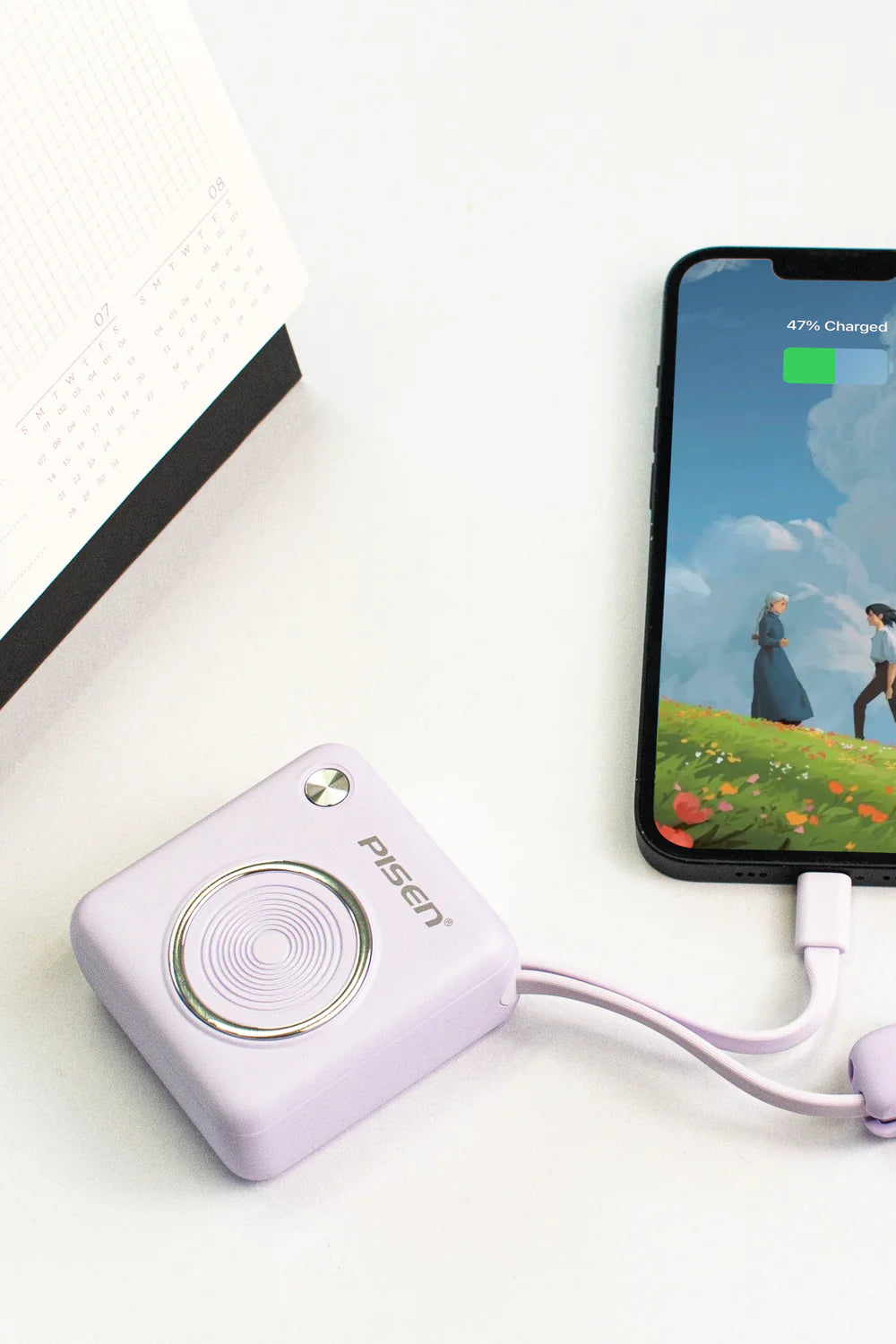
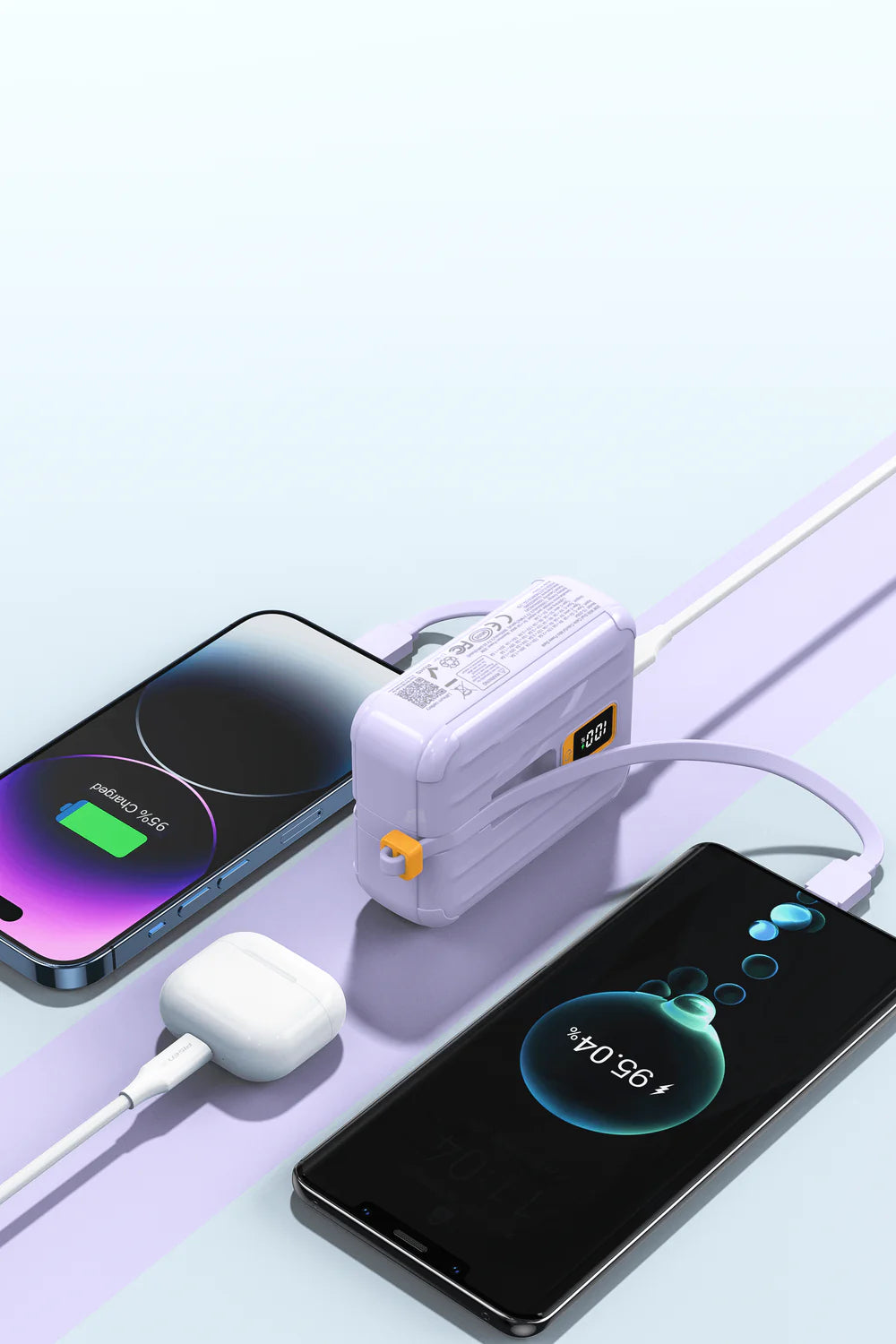

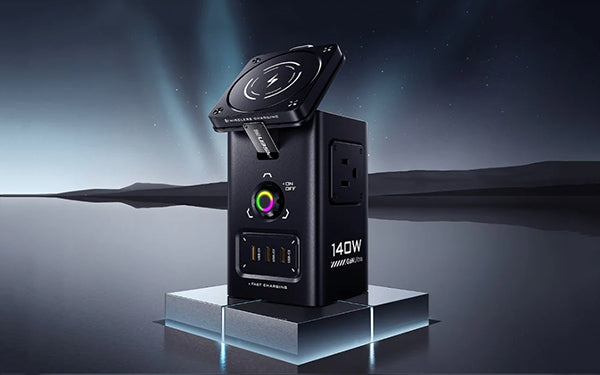

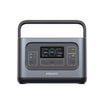
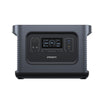

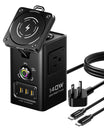
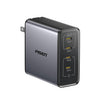
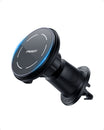







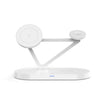
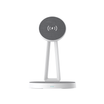
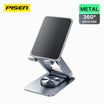
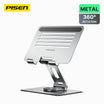


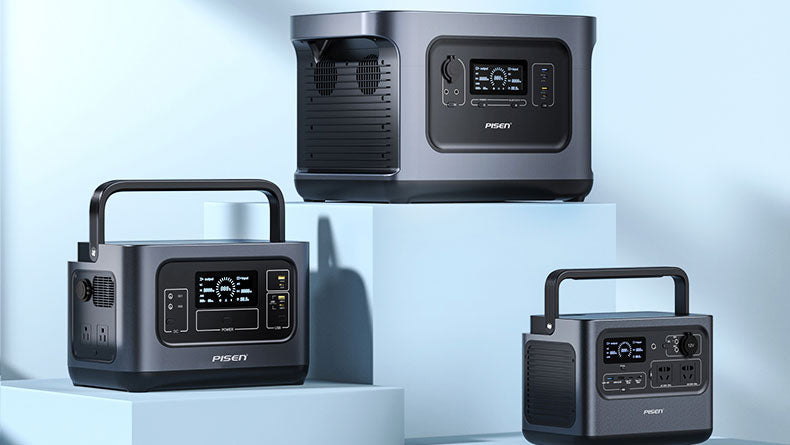
Leave a comment
This site is protected by hCaptcha and the hCaptcha Privacy Policy and Terms of Service apply.